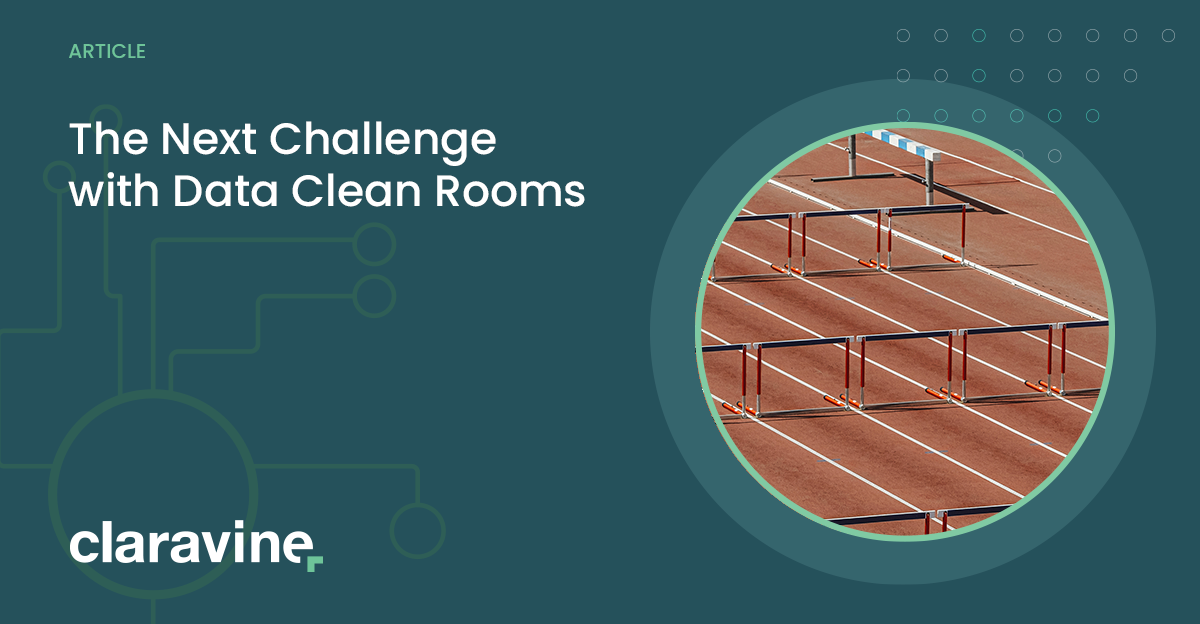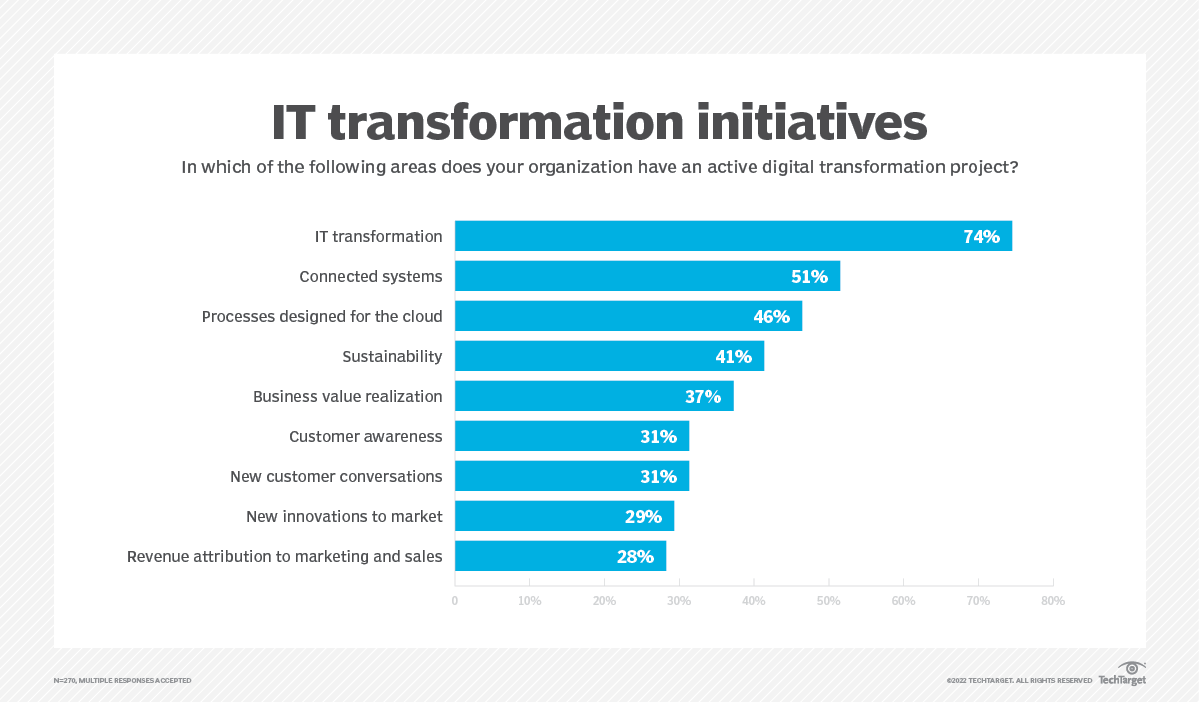Once We Get Over the Complexity, this is the Next Challenge with Data Clean Rooms

Data clean rooms are becoming the preeminent tool for brands to better understand the place of digital marketing within the broader marketing ecosystem. In fact, data clean rooms are key for measuring advertising effectiveness, especially as advertisers are relying on cookies less due to privacy regulations and Big Tech changes.
According to ESG Research Report: 2022 Technology Spending Intentions Survey, we find that becoming operationally more efficient to be a top trend year over year.

But specifically, when it comes to data clean rooms, the tech and the data are often the focus. However, there is a problem that’s been behind the scenes for years. The “people problem” has yet to be solved.
How Did We Arrive at the “People Problem”?
Data can support or inform nearly every function of your organization. But, just like data, human relationships can be messy and unpredictable, and data cannot be operationalized without people. As creatures of habit, employees often fall into rhythms. While processes may not always seem logical, people hold onto the mindset of “If it isn’t broken, don’t fix it.”
In fact, according to ESG Complete Survey Results: The State of DataOps, we find significant skills gaps found virtually everywhere.

The media operations process is a great example of a suboptimal process. The primary tool from creative approval to media trafficking is still run primarily across teams through many Excel spreadsheets. Oftentimes it is challenging for each of the individuals to see the forest above the trees and recognize there is a need for change. The term taxonomy and naming conventions come up frequently, but these terms are used in service of trying to standardize metadata for media campaigns and creative. When these critical data assets are managed in silos it becomes inaccessible by the measurement teams that would benefit the most for this additional data.
Data Clean Rooms: Why Now?
Google, Facebook, and Amazon have provided the capabilities to match first-party data for a number of years and see how your marketing performs against the big platform first-party data assets. Now, with a push from Apple around privacy and entering the media ecosystem, the industry is bringing clean rooms mainstream at least in terminology. The challenge for marketers now shifts to how can you understand insights across every publisher and media source’s clean room aggregate data.
The key ingredient that makes data clean rooms a highly credible platform is that access, availability, and usage of data are agreed upon by all data clean room parties, while each brand’s first-party data remains in place and is not shared.
Without the right standards and methods to work across them, clean rooms stand to become yet another hurdle to data interoperability and control. If data is messy going into a clean room, anything done around that collaboration is going to be messy – and ultimately will not yield valuable results or analysis.
This begs the question; how does one improve the quality of data and uphold data integrity to better stock the clean room and ensure value?
In the pursuit of clean, complete, accurate, and, most importantly, usable data, it takes data from being just a business’s asset to its biggest source of intelligence. The collaborative, connective, and unifying benefits of data with integrity come from data standards.
When data has integrity, it avoids becoming “messy” – and even if it does make a mess, the offending elements can be identified via taxonomy governance, and fixed. When data standards are defined, applied, and connected across every data touchpoint of the organization, it has the metadata it needs to be a formidable clean room asset.
In all businesses, sustainability is rising to the board agenda and becoming a high priority. Providing collaboration is key but also consideration of existing internal data centers in favor of a private cloud can provide significant economic, sustainability and governance (ESG) benefits.

What’s more, the added value instilled by the clean room can then be more permeable through the organization, as it carries additional context and metadata that’s understandable by teams and tools well beyond clean rooms or even marketing departments.
People may be part of the problem, but they’re also the source of solution. Effectively aligning your teams around a common marketing data taxonomy and metadata allows brands to create alignment across their teams to understand the performance using these new privacy-centric approaches to measurement.
Anyone can spend a long time attempting to achieve high data quality but if you don’t understand your inputs, you will never trust the outputs, and in some cases never trust the data to be able to make business decisions.
There is a lot to consider when thinking about the next challenge with data clean rooms. The more we understand these business requirements, we will be able to work with vendors to deliver solutions to address the overall objectives.
About the Author
 Chris Comstock is Claravine’s Chief Product Officer and has more than 15 years in the digital marketing and data management fields – working as a consultant, brand and product leader for a variety of top companies. He now heads Claravine’s product vision.
Chris Comstock is Claravine’s Chief Product Officer and has more than 15 years in the digital marketing and data management fields – working as a consultant, brand and product leader for a variety of top companies. He now heads Claravine’s product vision.



